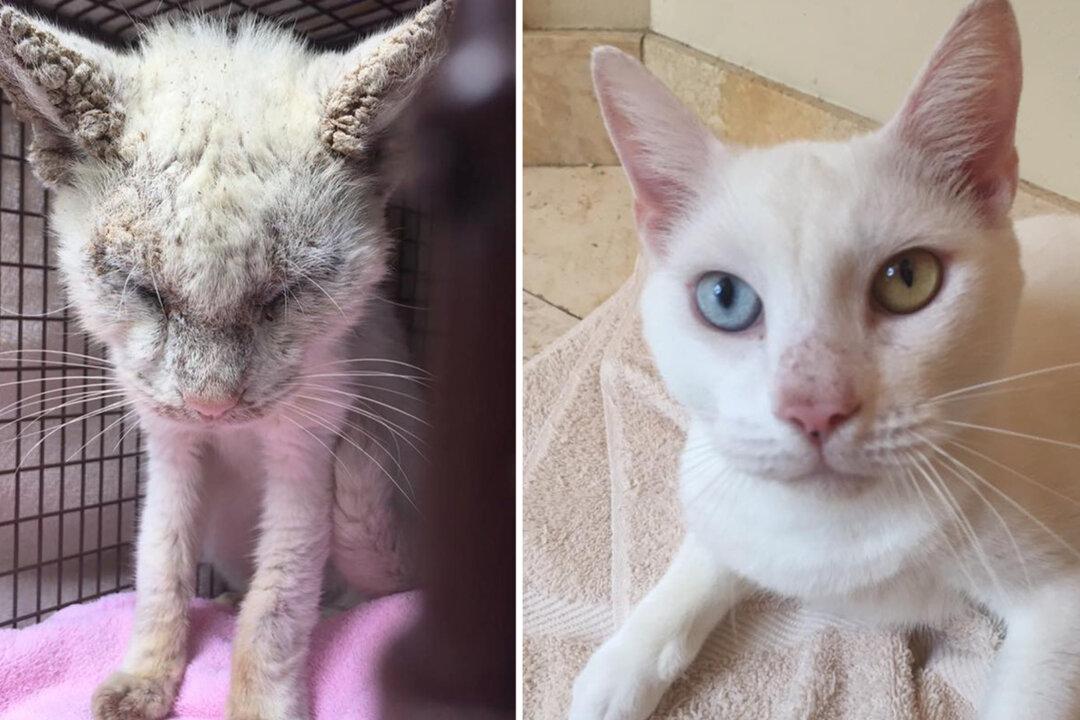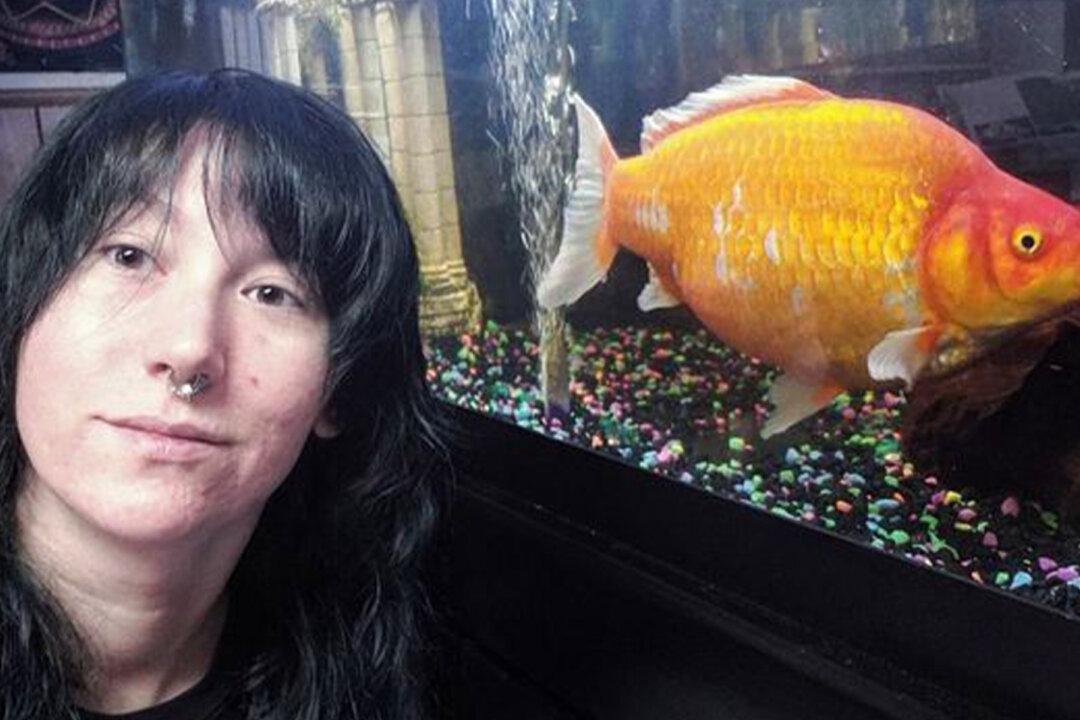At the Kruger National Park in South Africa, nature photographer Lyle McCabe managed to capture a series of fascinating and eye-catching photographs of a young lion cub with a rare condition called leucism, playing with his siblings while his parents watch on nearby.
Leucism is found in animals and results in a partial loss of pigmentation, causing either patchy or white skin, fur, or feathers. Similar to albinism, leucism causes animals to stand out starkly in among their kind—and while leucism is more common than albinism (which is the total loss of pigmentation), it’s still incredibly unique, making McCabe’s photographs rare and special.





